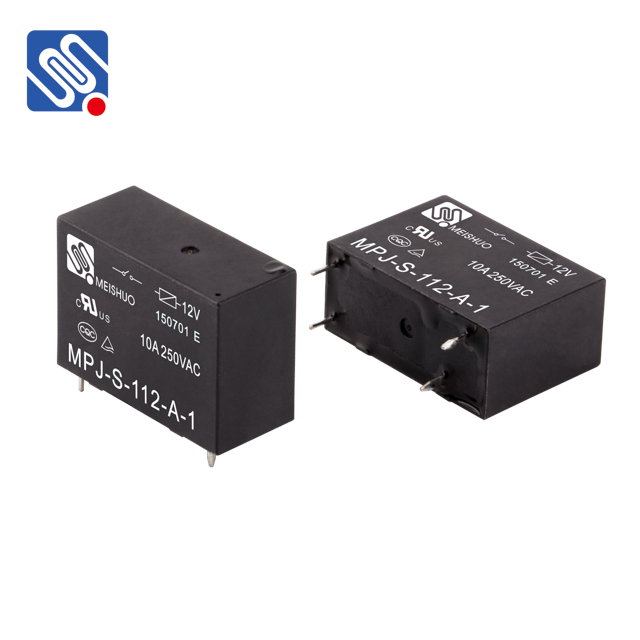Relay power supplies are an essential component in modern electrical systems, offering a versatile and reliable method for controlling power flow to various devices and circuits. By combining the benefits of relays and power supplies, these systems provide both electrical isolation and the ability to switch high power circuits with low control voltages. In this article, we will explore the importance of relay power supplies, their working mechanism, key features, and the diverse applications they serve.

What is a Relay Power Supply? A relay power supply is a type of power supply system that integrates relays to control the distribution of electrical power. It typically includes a power source that generates and regulates voltage, combined with a relay switch that controls the delivery of power to specific components or circuits. The relay itself acts as an electromechanical switch, enabling the power supply to connect or disconnect circuits based on signals from a controller, allowing precise control over power distribution. Relay power supplies are particularly useful in applications where electrical isolation between the control and power sides is crucial. For instance, a low-voltage control circuit can trigger a high-voltage power circuit without directly interacting with it, thus preventing damage and enhancing safety. The relay ensures that only the appropriate voltage and current levels reach the intended circuit.
Leave a Reply